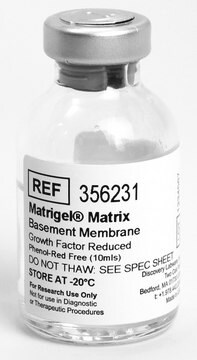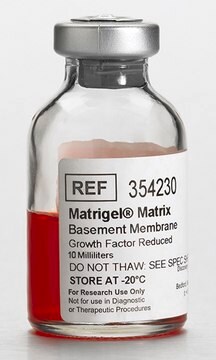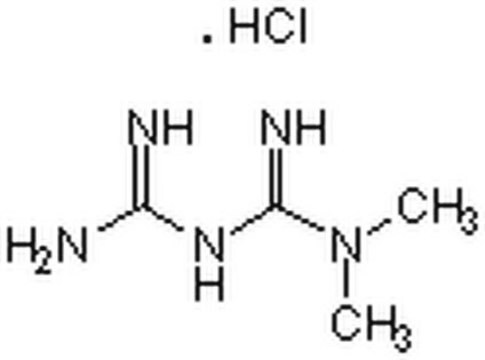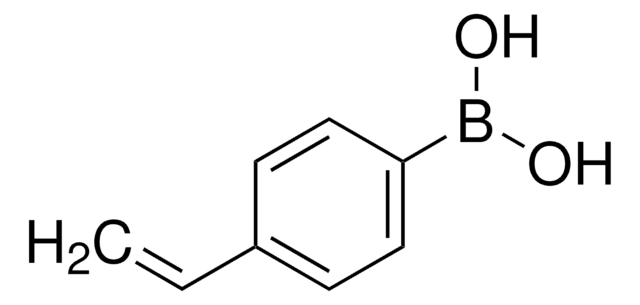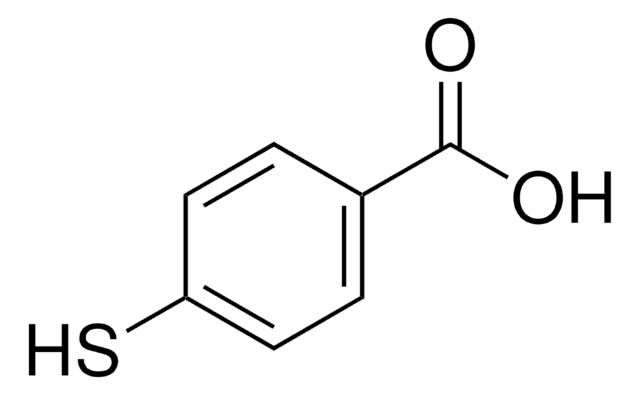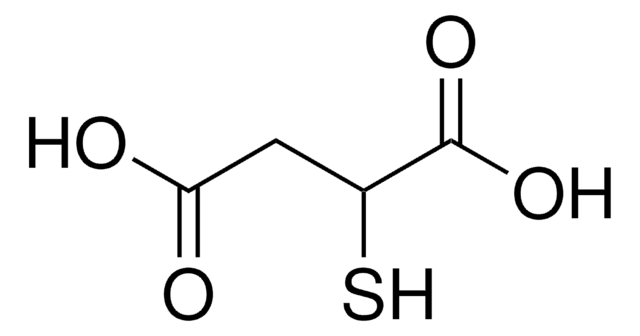Kluczowe dokumenty
T8260
Lipoic acid, reduced
analytical standard
Synonim(y):
(±)-6,8-Dimercaptooctanoic acid, (±)-Dihydrolipoic acid, DL-6,8-Thioctic acid, reduced, DHLA
About This Item
Polecane produkty
klasa czystości
analytical standard
Poziom jakości
Próba
≥98%
Formularz
liquid
metody
HPLC: suitable
gas chromatography (GC): suitable
Zastosowanie
cleaning products
cosmetics
food and beverages
forensics and toxicology
personal care
veterinary
Format
neat
ciąg SMILES
OC(=O)CCCCC(S)CCS
InChI
1S/C8H16O2S2/c9-8(10)4-2-1-3-7(12)5-6-11/h7,11-12H,1-6H2,(H,9,10)
Klucz InChI
IZFHEQBZOYJLPK-UHFFFAOYSA-N
Zastosowanie
Opakowanie
Hasło ostrzegawcze
Danger
Zwroty wskazujące rodzaj zagrożenia
Zwroty wskazujące środki ostrożności
Klasyfikacja zagrożeń
Acute Tox. 4 Oral - Aquatic Chronic 2 - Eye Dam. 1 - Skin Irrit. 2 - Skin Sens. 1
Kod klasy składowania
10 - Combustible liquids
Klasa zagrożenia wodnego (WGK)
WGK 2
Temperatura zapłonu (°F)
348.1 °F - Cleveland open cup
Temperatura zapłonu (°C)
175.6 °C - Cleveland open cup
Środki ochrony indywidualnej
Eyeshields, Gloves, type ABEK (EN14387) respirator filter
Wybierz jedną z najnowszych wersji:
Masz już ten produkt?
Dokumenty związane z niedawno zakupionymi produktami zostały zamieszczone w Bibliotece dokumentów.
Klienci oglądali również te produkty
Nasz zespół naukowców ma doświadczenie we wszystkich obszarach badań, w tym w naukach przyrodniczych, materiałoznawstwie, syntezie chemicznej, chromatografii, analityce i wielu innych dziedzinach.
Skontaktuj się z zespołem ds. pomocy technicznej



